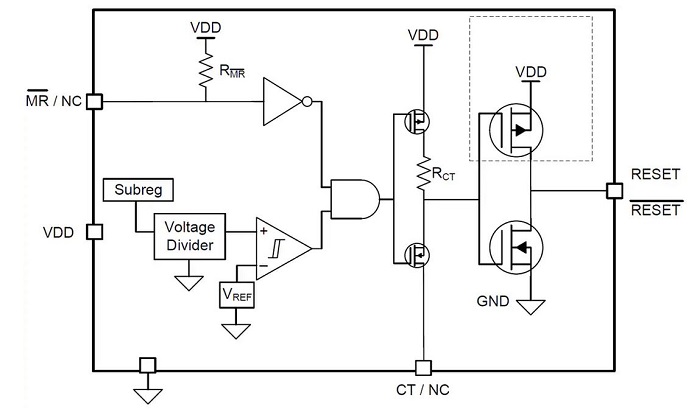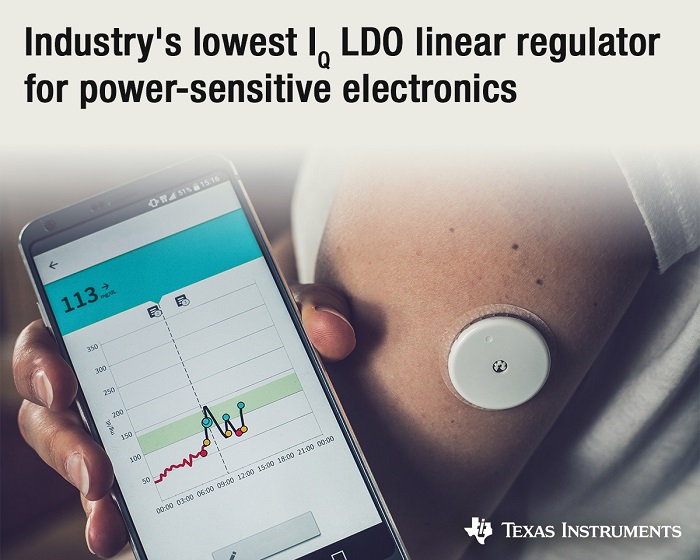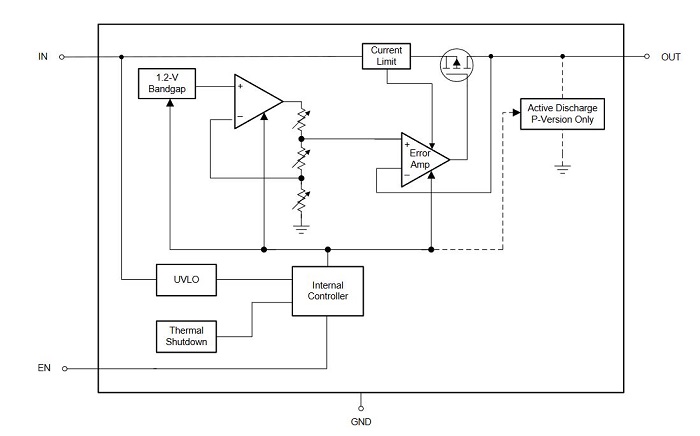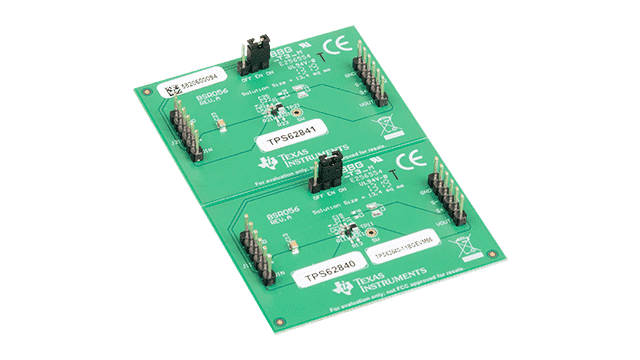By Maurizio Di Paolo Emilio, contributing writer
One of the most critical challenges in electronic design today is to reduce energy consumption. Power management is an important design consideration for many devices, particularly those that rely on a battery for operation. As a result, most systems use various power management operating modes.
Functions like standby, sleep, power save, hibernate, and shutdown are critical for designers to reduce power consumption and extend battery life. During each mode, the currents can easily vary from a few mA to nA during sleep phases.
The advent of wearable devices has made this task difficult, due in part to the need to use small batteries to ensure small factors. The trend toward smaller batteries to accommodate decidedly smaller, lighter, and more powerful electronics has led to several compromises. The internet of things (IoT) and all connected devices have increased this need, requiring a reliable operating mode for an extended period and in a variety of operating conditions. Battery-powered systems require careful partitioning, tight space utilization, and efficient use of the available charge.
The high efficiency of these devices is demonstrated above all during the necessary standby phase for an extended time. In these cases, the energy consumption is defined by the quiescent current (IQ ), different from the shutdown current. It is the operating condition of the circuit when it is not controlling any load. The quiescent current is commonly confused with the quenching current, which is the current absorbed when a device is turned off, but the battery is still connected to the system.
Why ultra-low quiescent current?
While the active current consumption is an important factor for extending the life of a battery, the time of use of the battery itself also depends on the other operating modes, in particular, that of standby. The absorption current during the standby phase (Iq ) must allow the device to wake up at any time to execute the requests from the microcontroller.
The Iq is the main exponent for the standby power consumption of an electronic system, and is an important design parameter in the modern low-power DC/DC converters used in power management circuits. Iq enables the evaluation of different factors like power dissipation for small loads.
Power management is generally made up of regulators, such as switching ones that increase or reduce the voltage or those with low dropout (LDO). Some involve more architecture and perhaps even a charger. Reducing Iq increases efficiency and, therefore, increases battery life by consuming less battery power.
Power design
Power management circuits include several DC/DC solutions for supplying the sub-components of the device, such as sensors and microcontrollers (MCUs). A low-power MCU influences the energy efficiency of the entire system. MCUs are available in different shapes, sizes, and architectures, but for a connected IoT device, a 32-bit ARM microcontroller is a good bet. These MCUs are well supported by multiple manufacturers, and it is relatively easy to develop robust and portable software.
The manufacturing processes to produce the electronic components also affect energy efficiency. For example, advanced CMOS processes help ensure proper battery usage while reducing consumption. The designers need to balance capacities and dimensions with efficient power management techniques. Increasing the energy efficiency of a system is a common way to offer long battery life.
The power management part involves the use of voltage supervisors to ensure that the entire power system works appropriately. If the voltage is interrupted, the monitoring solution must signal the error condition so that the rest of the system can shut down correctly. The quick start delay allows the detection of a voltage fault before the rest of the system turns on, providing maximum safety in dangerous conditions. Texas Instruments’ (TI) TPS3840 Nanopower high-input voltage supervisor with manual reset and programmable-reset time delay offers this type of solution with high accuracy (Fig. 1).

Fig. 1: A functional block diagram of the TPS3840.
With the mobile device portfolio growing every year, lithium-ion batteries require special care with a specialized charge cycle to maximize cell life. Battery charging for wearables is challenging because batteries must be both small in size and capacity.
TI also offers the BQ25619, a new switching integrated battery charger (IC) that supports a termination current of 20 mA. It enables 7% higher battery capacity, and reduces battery leakage down to 6% in ship mode. This device provides designs for more efficient medical and personal electronics applications such as hearing aids.
DC/DC solutions
The selection of the right power management devices for the application is linked to the architecture of the DC/DC solution. Elements that should be considered when selecting a DC/DC solution include the quiescent current (an ever-lower value always represents the ideal choice), and efficiency (the higher the percentage, the better the battery life will be). The ideal is to have an efficiency of >90% at the level of µA. Another parameter is the input voltage range that allows operation even in an almost “dead” battery condition.
Power management integrated circuits (PMICs) include over a dozen LDOs. LDOs are also integrated into microprocessors, graphics processing units (GPUs), and many other on-chip systems (SoCs). The two main categories of voltage regulators are linear voltage regulators (LDO) and switching regulators.
There is certainly a significant use of switching power supplies due to the advantages they offer in terms of power density and overall efficiency. However, LDOs are used due to their low noise output voltage, small size, and low cost compared to switching regulators. There is usually a compromise between achieving a very low Iq and at the same time complying with other key parameters such as excellent dynamic performance, low output noise, and high-power noise rejection.
TI introduced an ultra-low-power, low-dropout (LDO) linear voltage regulator, the TPS7A02, which claims the industry’s lowest Iq of sub-25 nA — one-tenth that of competing ultra-small devices. The new controller allows engineers to at least double battery life, and claims best-in-class transient response for faster wake-up, improving application response times and dynamic performance.
In addition, the small footprint enables designers to reduce the size of the end products, making it a winning choice for all wearable applications.

The TPS7A02 can shrink the solution size by 70%, enabling engineers to add more functionality to their designs in space-constrained applications or lower system cost by using smaller boards.
The TPS7A02 is used in low-power applications such as in grid infrastructure, building automation, and medical equipment (Fig. 2 ). By using the device in wireless video doorbell and security camera designs, engineers can achieve 24 months or more of battery life (up to four times the industry standard).
“As consumers expect to recharge or replace batteries less often, there’s an increasing demand for electronics that offer extended battery life, higher efficiency, and smaller size. Low quiescent current plays a key role in helping engineers address all of those challenges,” said Mike Beckman, vice president, Texas Instruments. “That’s why Texas Instruments continues to focus on developing and delivering innovative, low-Iq DC/DC converters, LDOs, battery management systems, and other power supply elements that help engineers solve design challenges surrounding small, low-power, long-lasting industrial and personal electronics.”

Fig. 2: A block diagram of the TPS7A02.
TI also offers the TPS62840, an ultra-low-power switching regulator with operating IQ at 60 nA. The wide input voltage (VIN ) range of 1.8 V to 6.5 V supports a variety of battery chemistries and configurations. It finds applications in many battery-powered, always-on industrial and personal electronics applications, including narrow-band IoT, grid infrastructure equipment, and wearables (Fig. 3 ).

Fig. 3: A TPS62840 evaluation board.
Both ICs operate at very low levels of quiescent current, offering a simple solution to help improve the battery life of any battery-powered device. An essential reduction in the quiescent current could make the difference in an application running for a few seconds, minutes, hours, or even days.
Advertisement
Learn more about Electronic Products MagazineTexas Instruments





